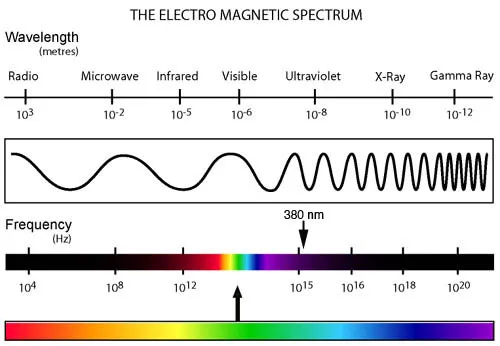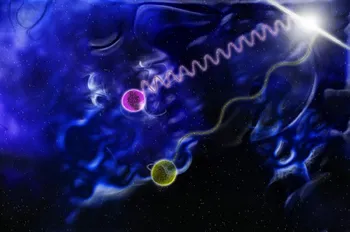|
Depression or winter mood swings can be
related to changes in seasons, its called Seasonal
affective disorder (SAD) and it normally begins
and ends at about the same period every year,it seems to
come and goes in a seasonal pattern. If you're like most
people
with Seasonal
affective disorder SAD, your symptoms start in autum
and continue into winter , sapping your energy levels
and making you very moody.
Sunlight triggers the release of hormones
in your brain. Exposure to sunlight is reported to increase
the brain’s release of the hormone serotonin.
Serotonin is associated with boosting moods, calmness and
focus. Without enough sun exposure, some people's serotonin
levels drop. Low levels of serotonin are associated with
a higher
risk
of Seasonal
affective disorder . That form of depression triggered
by the changing seasons.

Interestingly countries closest to the equator report
a very low incidences of SAD, whereas extreme northern
and southern
countries report high incidences. This is mainly due to
the fluctuations in daylight hours as the seasons change,
disrupting
a person’s circadian rhythm—or internal clock—which
controls a person’s physiological response to light
and darkness.
Although as usual, "experts" were initially skeptical,
this condition is now recognized as a common disorder
Symptoms of SAD often include:
Persistent low mood
Less active than normal
Loss of pleasure or interest in everyday activities
Irritability
despair, feelings of guilt and worthlessness
Lethargic (lacking in energy) and feeling sleepy during the day
Sleeping for longer than normal and finding it hard to get up in the morning
Craving carbohydrates and gaining weight
For some people, these symptoms can be quite severe and
have a significant impact on day-to-day activities.
"Interestingly, the symptoms of SAD are not
limited to only reduced seasonal daylight. Similar
symptoms are now common for millions of people all
year round caused by our now predominant indoor life
style that has unwittingly created a silent epidemic
known as — mal-illumination.”
Mal-illumination is brought about by limiting
our daily intake of balanced, full-spectrum daylight
and supplementing it with too much artificial ‘limited-spectrum’ indoor
light.
.
Mal-illumination silently contributes to many health issues, some quite
serious —obesity, depression, fatigue, sleep and eating disorders
as well as breast, prostate and colon cancer.
.
Like malnutrition, mal-illumination causes deficiencies by depriving
us of the sun’s energetic nutrient wavelengths referred to as photo-nutrition. Source |
“We are
still on the threshold of fully understanding the complex
relationship
between light
and life, but we can now say emphatically, that the function
of our entire
metabolism is dependent on light.” .Dr.
Fritz Albert Popp

The most common treatment for Seasonal
affective disorder is light therapy, which
consists of daily exposure to light, leading to increases
in serotonin levels in the brain that will help lift moods
and relieve other symptoms.
What we are suggesting
is not just creating a light source,but creating Biophotons and
the healing frequency (380nm) of the sun as a light source,and
gently
strobing the eye lids,a direct pathway to the brain
"Biophoton therapy is the application of
light to particular areas of the skin for healing purposes.
The
light, or photons, that are emitted by these units are
absorbed by the skin's photoreceptors and then travel through
the body's nervous system to the brain, where they help
regulate what is referred to as our human bio-energy. By
stimulating certain areas of the body with specific quantities
of light, biophoton therapy can help reduce pain as well
as aid in various healing processes throughout the body."
The theory behind biophoton therapy is based on the work
of Dr. Franz Morell and has been expanded by the work of
Doctors L.C. Vincent and F.A. Popp, who theorized that
light can affect the electromagnetic oscillation, or waves
of the body and regulate enzyme activity."

It is well known from biological laboratory
experiments that if you blast a cell with UV light so that
99 per cent of the cell, including its DNA, is destroyed,
you can almost entirely repair the damage in a single day
just by illuminating the cell with the same wavelength
at a much weaker intensity. To this day, scientists don't
understand this phenomenon, called photorepair, but no
one has disputed it.
What's so special about 380-nanometer
frequency? It is where the best "photorepair" effects take place — a phenomenon described as such: Read more here
| "In 2003 NASA-Goodwin found 10 Hz square wave stimulation
caused neural tissue regeneration @ 4x baseline, w/
better 3-D orientation; cell DNA signature turned -
OFF - 120+ sets of maturation genes and turned - ON
- 120+ sets of developmental genes. Over 100 sets of
nucleic DNA reverted from maturation to developmental.
NASA didn't dig deep enough to explain why cell regeneration
QUADRUPLED under 10 Hz pulsed electromagnetic field
(PEMF) or why the genetic effects occurred ONLY at
10 Hz pulsed electromagnetic field (PEMF). However
more ATP explains very well based upon the work of
David Hood and the efficient demonstration by James
Tong " |
Pulsing a 10 hz square wave through skin
contact around the eye socket and also pulsing a 380nm
light source together from the same mask, Could help us
all according to NASA with cell
Rejuvination, and thanks to the reaserch of F.A. Popp give
relief to those with "Seasonal affective disorder" and "mal-illumination"

Do not use if you have photosensitivity issues
or epilepsy
|

